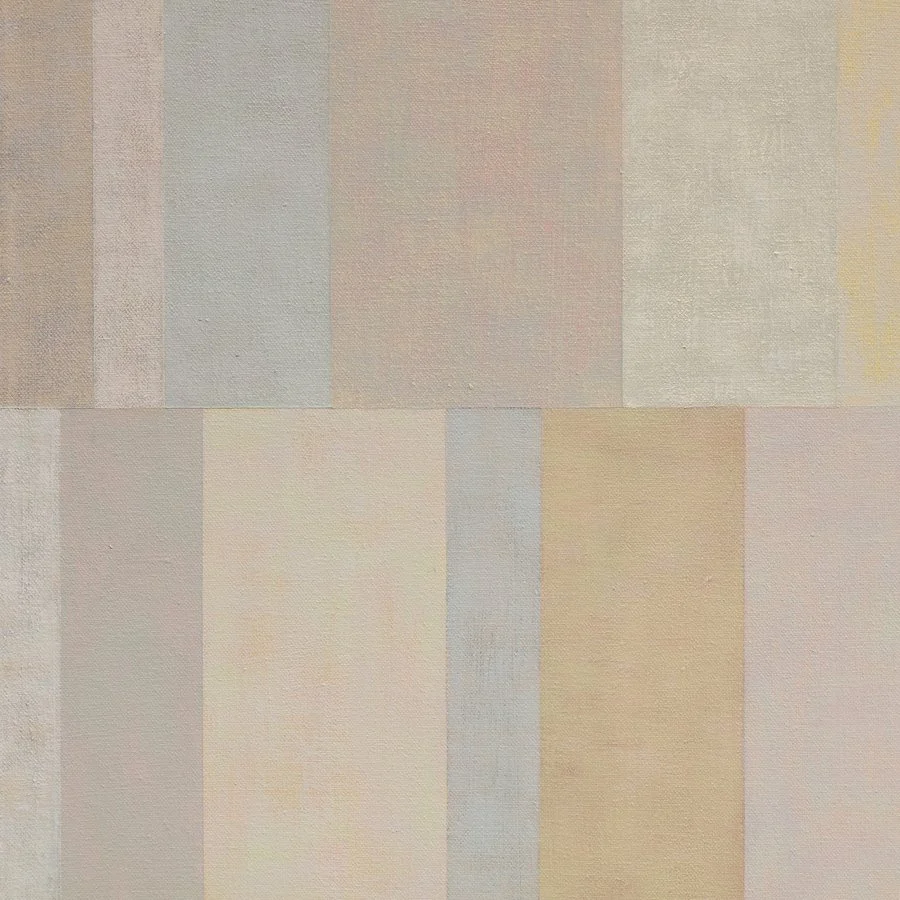Recently, a friend loaned me a book called "Inside The Painter's Studio", which is a series of interviews by Joe Fig, who asks a number of established artists a set of questions about their daily studio practice. For the final interview question, each artist is asked, "what advice would you give to a young artist who is just starting out?" So far, Malcolm Morley's response is my favorite:
Well there's a great story about Mozart who was approached by a young composer. The young composer asked Mozart for advice on what he thought he should write: whether he should write a saraband, a suite, a romance, a symphony, etc. So Mozart looked at him and said, "Well, in your case, I'd write a waltz." So the young composer was very sort of angry. And he said, "But Mozart! At the age of ten you wrote a symphony!" And Mozart replied, "Yes, but I didn't have to ask anybody's advice." So any artist or student that asks advice is already a failure in my view.It seems particularly apropos for me after my latest blog. The other artists in the book respond to the question with a similar sentiment, but use the kind of earnest, encouraging words that we most often hear from our mother ("just be yourself", "follow your heart", etc). I think Morley's response is a much more brutal but effective slap in the face.


